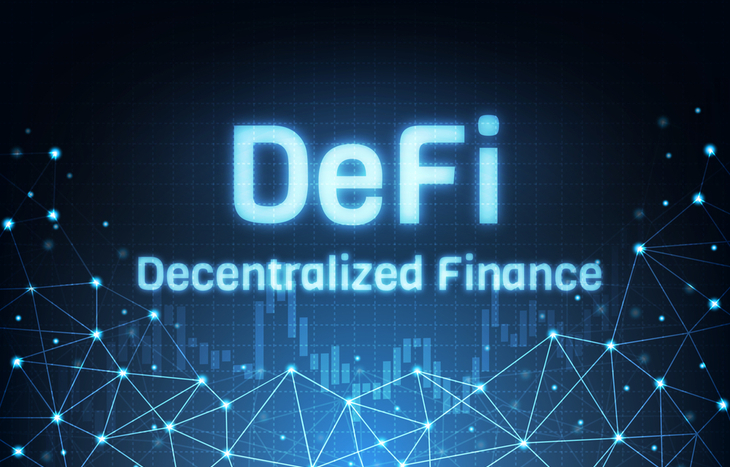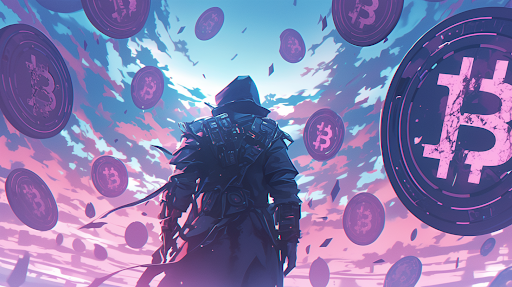Pendle Crypto: What It Will Take for This Token to Rebound
The derivative markets can be complicated. But for those that take the time to learn them, they can also be quite lucrative. And they can also offer some stability in an otherwise rocky portfolio. With most of the major cryptos down in recent months, Pendle crypto and the dApp it helps power could offer some solace for crypto investors. Especially if the crypto markets continue to take a beating in the coming months.
Here are some of the details worth knowing about Pendle crypto, derivative markets and how Pendle Financial is bringing new tools to the market.

First off, let’s take a look at the specific type of derivative market Pendle is targeting. If you don’t mind a couple of 10-dollar words, it’s giving access to tokenized future yields on automated market makers (AMM).
To further explain, AMM-based decentralized exchanges are built upon liquidity pools of assets that are funded before a transaction takes place. In most cases, the liquidity of a given token is provided by users who earn passive income from their deposit. This income is generated from trading fees. The amount earned is typically based on the percentage of the liquidity pool provided. This is often referred to as yield farming. It’s called this because it allows those providing liquidity to grow their own crypto, so to speak.
But the Pendle vision brings to the table a new way to capitalize off of yield-bearing assets.
How This Pendle Crypto Protocol Works
As we mentioned above, the mechanisms that Pendle crypto powers are a little more complicated than your average exchange. But we’ll try to make this as straightforward as possible.
The process begins by opening the Pendle Finance application and connecting a wallet. The three options as of right now are MetaMask, Coinbase Wallet and WalletConnect.
From there, users can deposit a supply of yield-bearing tokens into a smart contract. Pendle Finance suggests ALINK as one possibility. In return for giving up their rights to the future yield of that token for a set amount of time (until the expiry date), users are then issued two new tokens. One is a future yield token. The other is an ownership token.
The future yield token acts as ownership of the future yield of the deposited (and locked) yield-bearing token. This token can be traded on the AMM. And the end holder of the token will receive yield of the yield-bearing token as distributed by the base lending platform.
At the expiry date, the future yield token will have zero value. But after the expiry, only the ownership token is needed to redeem the underlying asset.
However, only those still holding both the ownership token and the corresponding future yield token can withdraw the underlying asset that was deposited.
What this all amounts to is the ability to trade future yield tokens. And this lets investors choose to forego future revenue for immediate profit. As yield-bearing tokens are becoming a more important part of the DeFi system, this project is likely to gain more attention. The tokenization of yields is a natural progression of the markets. But as you can see, it can be a complex proposition.
Now, Onto That Utility Token
As it stands, Pendle crypto is merely a utility token issued by Pendle Finance. But in the future, its native token will be used as a governance token. The plan for it is to be used in all of the three following ways:
- The allocation of liquidity incentives
- Usage of treasury funds
- Creation of new market pairs (future yield tokens and ownership tokens)
As of right now, Pendle crypto doesn’t pull much sway though. As such, it’s trading on the cheap end of the scale. However, if Pendle Finance’s dApp catches on, it could be seen as trading at a big discount right now. It’s currently trading more than 80% below its all-time high value.
The big question is whether Pendle’s dApp has the ability to penetrate the crypto markets as a whole. As it stands, the total value locked in Pendle Finance has fallen precipitously since September 2021. But that’s also somewhat in line with how crypto markets as a whole have been trending. However, this also suggests that Pendle Finance hasn’t been able draw bigger crowds to its product. And the lack of growth doesn’t bode well for the future of Pendle crypto.
But the end is far from neigh. Keep in mind, this is still a new instrument in the crypto space. And its launch a few months before crypto markets pulled back in a big way didn’t do it any favors. If more investors take notice and begin to take advantage of Pendle’s ability to buoy their portfolios during rough times, Pendle could catch on in a big way. However, they will be dealing with a significant learning curve. However, if that poses less of a boundary than we anticipate, Pendle crypto may become a much more important asset.
The Bottom Line on Pendle Crypto
It’s worth noting that Pendle Finance does have backing from some big players in the crypto space. Mechanism Capital, DeFi Alliance, and Crypto.com all helped the firm to raise $3.5 million to help launch its tokenized yield market. That seed money could help it sustain long enough to gain more exposure to users. But time is of the essence.
In order for Pendle crypto to return to all-time highs, it will likely have to do so amidst increased traction of Pendle’s dApp. And a downturned market is just the climate that could help it do so. But there remains a lot of questions about whether or not this will actually take place.
As layed out above, the tokenization of the yield market could be useful for savvy investors to prop up sagging portfolios. For more details on how Pendle provides increased exposure, you can check out its litepaper here. But for potential investors, we suggest a modicum of caution when it comes to Pendle crypto. The dApp it powers is still in the early stages and wide-spread adoption is far from certain. Furthermore, until Pendle crypto is officially deemed a governance token, holders don’t have much power beyond potential gains. Therefore it remains a speculative token in an already saturated market of penny cryptos.





